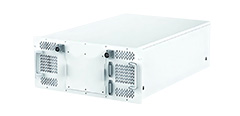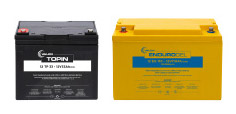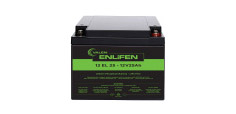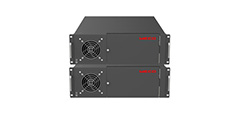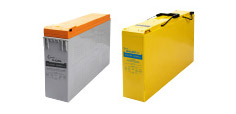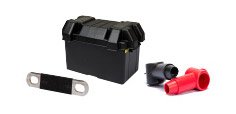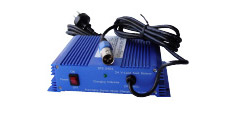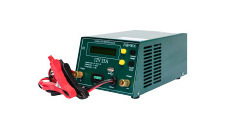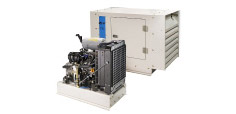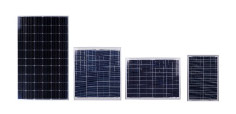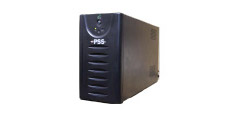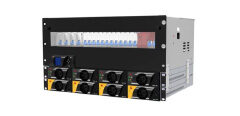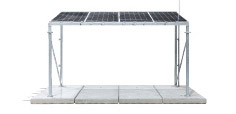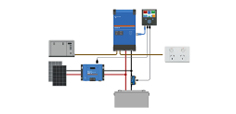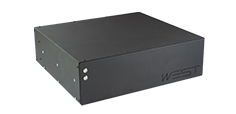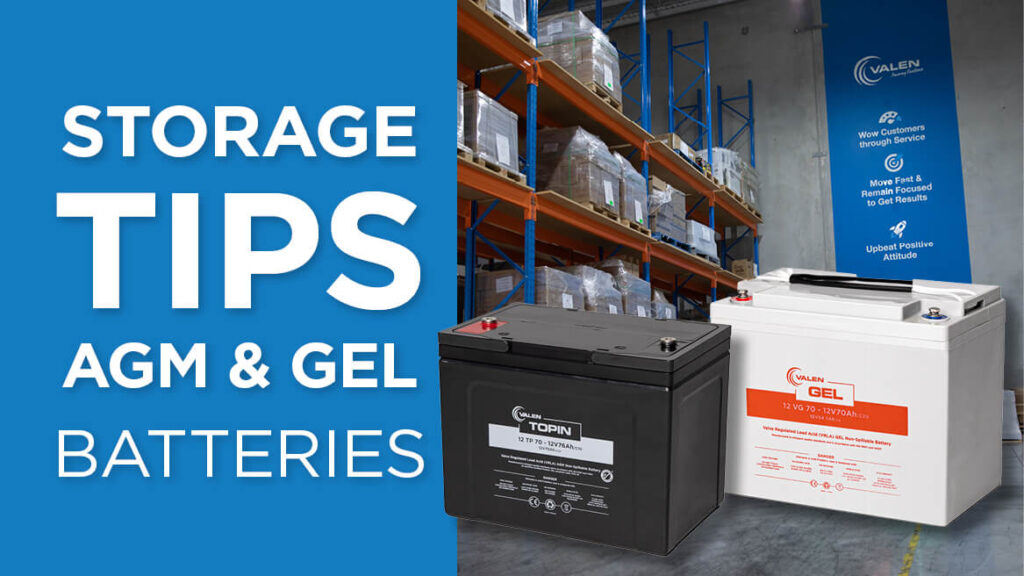Safe storage tips for AGM & GEL batteries – Our experts have put together a few tips for storing AGM and GEL batteries so that you can get the most out of your Valen batteries.
Storage recommendations will vary depending on the battery technology and if you have any questions, please feel free to reach out to the team to discuss your requirements.
VRLA AGM Battery Storage
Applies to Valen Topin, AGM, X-CEL and ENDUROX-CEL models
AGM monobloc batteries are a type of Valve Regulated Lead Acid (VRLA) battery. VRLA batteries are sometimes also referred to as Sealed Lead Acid (SLA).
Like all VRLA batteries, AGM monobloc batteries come in a standard ABS battery casing, and the lead-acid inside is formed into positive and negative lead plates. In addition, there are valves that sit at the top above the battery to release gas as the battery pressure increases.
Storage of these batteries has no special ventilation or handling requirements and the electrolyte in the battery is immobilized in the AGM. Therefore, these batteries are considered as “dry batteries” for shipping or airfreighting and can be handled and shipped accordingly. Although VRLA batteries are straightforward to handle and store, damage to the plastic casing can result in electrolyte leakage and contact with lead, so precautions must be taken when handling the batteries.
STORAGE
- Do not store batteries outside, exposed to the elements. Store indoors in a cool, dry location.
- Do not store batteries in temperatures over 30ºC. The recommended storage temperature is 20ºC or less.
- Do not stack pallets or allow any other material to be stored on top of the pallets, or batteries could be damaged.
- Do not store where the possibility of metallic objects falling on the battery may occur.
- Do not store batteries directly on a concrete floor; store batteries on a thermal insulation material such as pine flooring board or similar.
- When removing batteries from storage, use the oldest ones first.
SHORT TERM STORAGE
You can store batteries for six months or less before being put into service, as long as they can be stored at 20ºC.
If the batteries need to be stored for longer than six months, with temperatures greater than 20ºC, the batteries may need a refresher charge. A refresher charge is an equalization charge applied to a battery stored in an open circuit (not float charging) condition.
If the storage temperature is 20ºC or less, AGM batteries must be charged at least every six months while in storage.
For every 8ºC increase above 20ºC, the storage time between charges is cut in half. Therefore;
- At 28ºC, the maximum storage time is six months.
- At 25ºC, the maximum storage time would be 4 to 5 months.
Storage of batteries beyond the recommended temperatures or storage time without charging can result in loss of capacity, cell shorting, and float life. It can also void the battery’s warranty.
We recommended keeping careful records of battery storage time and handling.
STORAGE AFTER USE
If the AGM batteries are placed back into storage after use, the above storage recommendations apply. In addition, it is also recommended to;
- Remove anything that is connected to the battery, for example, flexible battery cables.
- Ensure the terminals are covered to prevent short circuits.
- Make sure the battery is fully charged before going into storage.
- Ensure the battery has a date recorded of when it was last charged and the required date of recharge.
For further details, please see the Installation and Operation (I&O) Manual.
VRLA GEL Battery Storage
Applies to the Valen Gel and ENDUROGEL range
Gel monobloc batteries are a type of Valve Regulated Lead Acid (VRLA) battery. VRLA batteries are sometimes also referred to as Sealed Lead Acid (SLA).
Like all VRLA batteries, Gel batteries come in a standard ABS battery casing and have positive and negative plates with a separator holding the electrolyte between the plates. True to its name, “Valve Regulated”, the battery has valves in the headspace, allowing gas to escape should the internal pressure get higher than designed.
The internal construction of Gel batteries has the electrolyte immobilized in a special Thixotropic Gel held in the separator. The separator is a micro-porous polyethylene material shaped like the inside of corrugated cardboard, which supports the Gel between the plates.
VRLA batteries do not require any special ventilation or handling. The electrolyte in the battery is in the form of a thixotropic gel, and like AGM batteries, these batteries are considered dry batteries and can be handled and shipped accordingly.
STORAGE
- Do not store batteries outside, exposed to the elements. Store indoors in a cool, dry location.
- Do not store batteries in temperatures over 30ºC.
- The recommended storage temperature is 20ºC or less.
- Do not stack pallets or allow any other material to be stored on top of the pallets, or possible battery damage may occur.
- Do not store where there is a possibility of metallic objects falling on the battery. A metal object falling on open terminals could create a severe short and the plastic casing may be compromised.
- Do not store batteries directly on a concrete floor; store batteries on a thermal insulation material such as pine flooring board or similar.
- When removing batteries from storage, use the oldest ones first.
SHORT TERM STORAGE
You can store batteries for nine months or less before being put into service, as long as they can be stored at 20ºC.
If the batteries need to be stored for longer than nine months, with temperatures greater than 20ºC, the batteries may need a refresher charge. A refresher charge is an equalization charge applied to a battery stored in an open circuit (not float charging) condition.
If the storage temperature is 20ºC or less, GEL batteries must be charged at least every nine months while in storage. For every 8ºC increase above 20ºC, the storage time between charges is cut in half. Therefore;
- At 28ºC, the maximum storage time is 4.5 months.
- At 25ºC, the maximum storage time would be 5 to 6 months.
Storage of batteries beyond the recommended temperatures or storage time without charging can result in loss of capacity, cell shorting, and float life. It can also void the battery’s warranty.
Keep careful records of battery storage time and handling.
STORAGE AFTER USE
If the Gel batteries are placed back into storage after use, the above storage recommendations apply. In addition, it is also recommended to;
- Remove anything that is connected to the battery, for example, flexible battery cables.
- Ensure the terminals are covered to prevent short circuits.
- Make sure the battery is fully charged before going into storage.
- Ensure the battery has a date recorded of when it was last charged and the required date of recharge
For further details, please see the Installation and Operation (I&O) Manual.
QUESTIONS
If you still have questions, the team at Valen are here to help. Reach out to the team today; we look forward to hearing from you!



